Solar System & Its Planets: an Overview
There are many things in this world that we still don’t understand. One of them is the solar system. What is it? Why is it called that? And what are all the different parts? In this blog post, we will answer all those questions and more!
We will start by discussing what exactly the solar system is. Then, we will talk about the sun and planets as a whole. But first, check out our inflatable solar systems that you can purchase online! Now let’s get right into it.
What Exactly Is the Solar System?
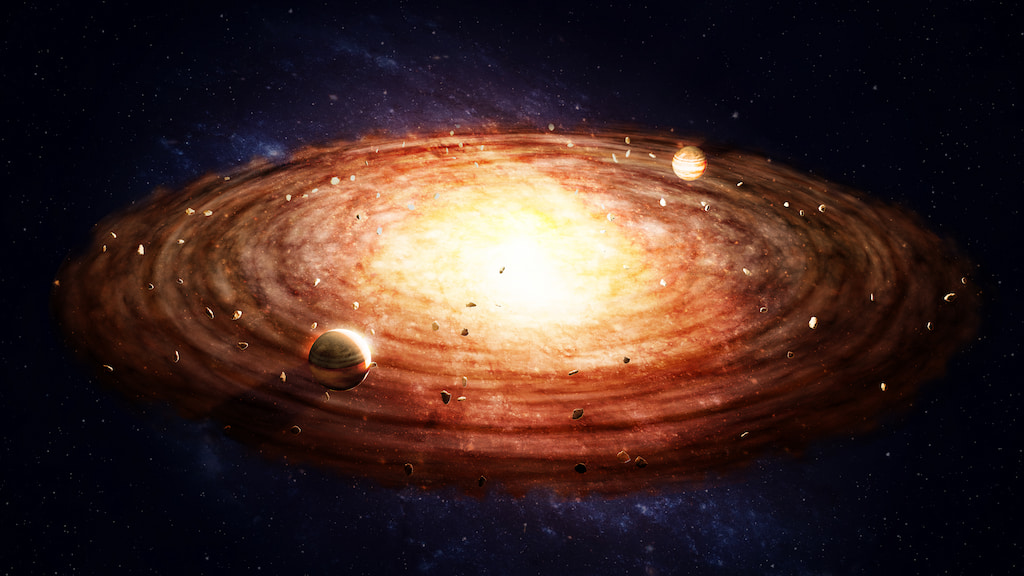 The solar system is basically a star and all of its orbiting planets. In our case, that star happens to be the sun. All of the planets orbit around the sun because of its gravity. The solar system also includes moons, comets, asteroids, dust, and gas.
The solar system is basically a star and all of its orbiting planets. In our case, that star happens to be the sun. All of the planets orbit around the sun because of its gravity. The solar system also includes moons, comets, asteroids, dust, and gas.
It’s believed to have formed about a billion years ago! And beyond our solar system, there are many more out there. How many? We’re not completely sure but we estimate there are at least 100 billion in our galaxy alone. Who knows how many more there are in the universe?
Why Is It Called the Solar System?
The solar system is called the solar system because our sun (where we get the word solar from) happens to be a star that’s powered by nuclear fusion. This process causes our sun to give off light and heat, which we feel here on Earth. All the planets in our solar system orbit around the sun because of its gravity.
Solar System: Formation and Discovery
Our solar system is thought to have formed about 4.6 billion years ago from a huge, rotating cloud of dust and gas. Over time, the cloud began to collapse in on itself due to its gravity. As it did, it began to spin faster and faster. Eventually, the cloud became so dense that it began to heat up, igniting nuclear fusion in its core.
This caused the cloud to break apart, creating our sun and planets. The inner planets, such as Mercury and Venus, are thought to have formed from the dense materials that were closest to the sun. The outer planets, such as Jupiter and Saturn, formed from the colder, more diffuse materials that were farther away. We’ll talk about all the planets in greater detail later. Our planet Earth is thought to have formed from a combination of both types of materials. Thanks to these processes, we now enjoy the warmth of our sun and the beauty of our solar system!
The Sun
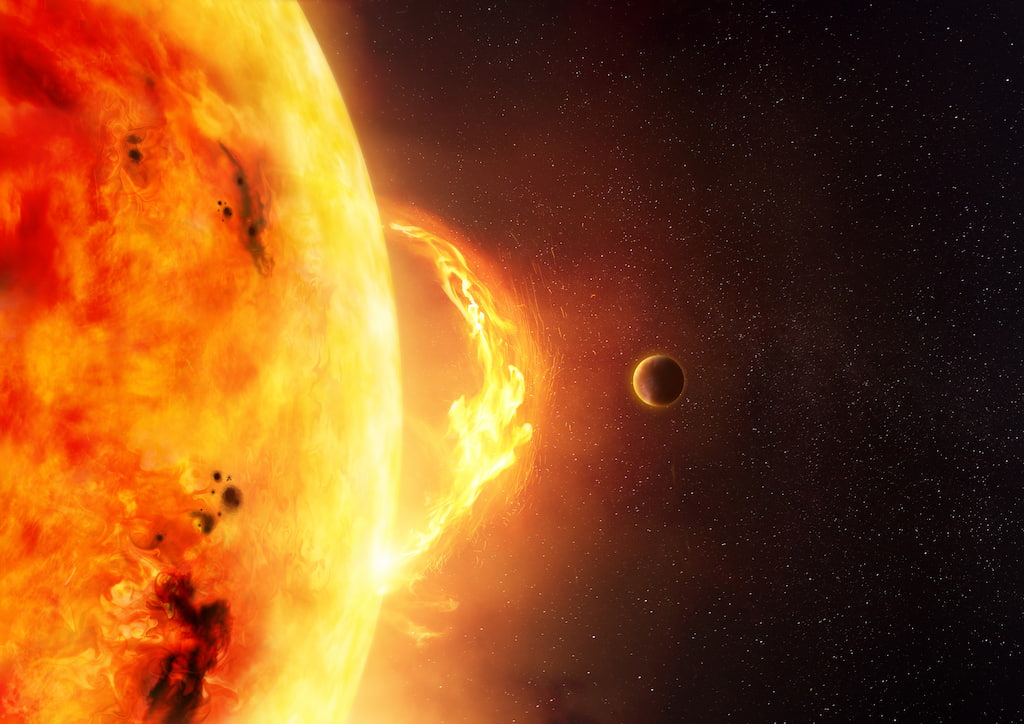 The sun is a star that’s powered by nuclear fusion. This process causes the sun to give off light and heat, which we feel here on Earth. All the planets in our solar system orbit around the sun because of its gravity. The sun is huge! It’s about 333,000 times the size of Earth and has a mass of about 99.86% of all the other objects in our solar system combined!
The sun is a star that’s powered by nuclear fusion. This process causes the sun to give off light and heat, which we feel here on Earth. All the planets in our solar system orbit around the sun because of its gravity. The sun is huge! It’s about 333,000 times the size of Earth and has a mass of about 99.86% of all the other objects in our solar system combined!
The sun is so huge and has so much gravity because it’s made up of about 70% hydrogen and 28% helium. It also has a very hot core with a temperature of about 27 million degrees Fahrenheit! The sun is so bright that it can cause damage to your eyes if you look at it directly for too long.
Planets of the Solar System
First of all, how many planets are there in our solar system? There are eight major planets in our solar system: Mercury, Venus, Earth, Mars, Jupiter, Saturn, Uranus, and Neptune. We all learned in elementary school about these planets in our solar system. But what exactly is a planet?
This turns out to be a surprisingly difficult question to answer. According to the International Astronomical Union, a planet is a celestial body that orbits around a star, is massive enough to be rounded by its gravity, and has cleared its orbital path of debris.
However, this definition excludes several bodies that were traditionally considered planets, such as Pluto and Ceres. As a result, some astronomers argue that the definition of a planet should be expanded to include these objects.
Others argue that the definition should be tightened even further, to exclude bodies like Earth’s moon. So far, there is no consensus on the matter. In the meantime, we can still enjoy the beauty of our solar system’s many planets— even if we can’t always agree on how many there are.
The Differences Between a Planet & Dwarf Planet
As you can see, there’s a lot of debate on what exactly counts as a planet, but here’s the gist of it: a planet is a big hunk of rock or gas that orbits a star. A dwarf planet is, well, a smaller version of that. So basically, it’s like the difference between an SUV and a compact car— one’s just bigger than the other.
There are technically three types of planets: terrestrial (like Earth), gas giants (like Jupiter), and ice giants (like Neptune). Dwarf planets are usually found in the asteroid belt between Mars and Jupiter, or the Kuiper belt beyond Neptune. As of right now, there are five officially recognized dwarf planets: Ceres, Pluto, Haumea, Makemake, and Eris.
So why all the fuss about whether something is a planet or not? Well, for one thing, it helps us understand our place in the universe. And for another, it satisfies our need to categorize things. After all, if we can’t put things into neat little boxes, how will we ever find anything in our sock drawer again?
Types of Planets in the Solar System
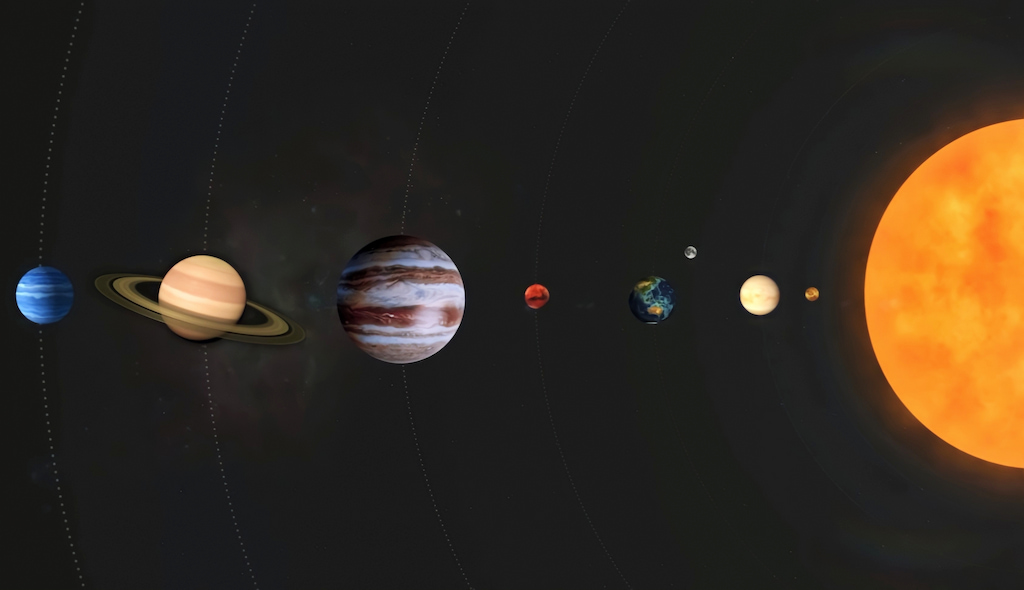 There are many different types of planets in the solar system, from the large and gaseous giants to the small and rocky planets. Each type of planet has its unique characteristics, and they all play an important role in the formation of our solar system.
There are many different types of planets in the solar system, from the large and gaseous giants to the small and rocky planets. Each type of planet has its unique characteristics, and they all play an important role in the formation of our solar system.
The giant planets, such as Jupiter and Saturn, are made up mostly of gas and dust. They have large cores of rock and metal, but their atmospheres are dense and murky. These planets are often very bright in color, due to the reflecting nature of their clouds.
The terrestrial planets, such as Earth and Mars, are made up of solid rock and have much thinner atmospheres. They tend to be darker in color, with some exceptions like Venus which is wrapped in thick clouds of sulfuric acid. The final type of planet is the icy dwarf planet, such as Pluto and Ceres.
These worlds are small and cold, with surfaces that are covered in ice. They are often very dark in color, due to the absorption of light by their frozen surfaces. All of these different types of planets play an important role in the formation and evolution of our solar system.
Mercury
Mercury is the closest planet to the sun, and it’s also the smallest planet in the solar system. It’s only about a third the size of Earth, and it has a very thin atmosphere that doesn’t do much to protect it from the sun’s heat. As a result, Mercury experiences extreme temperature changes, from incredibly hot during the day to very cold at night. It’s also covered in craters, due to the lack of an atmosphere to burn up meteoroids before they hit the surface. All this is clearly visible on the Mercury Globe.
Venus
Venus is the second planet from the sun, and it’s very similar in size to Earth. It has a thick atmosphere that’s mostly made up of carbon dioxide, and this causes a greenhouse effect that makes the surface very hot— about 900º Fahrenheit, all this is well displayed on Venus Globe! The atmosphere also makes it very difficult to see the surface of Venus, which is why we don’t know much about it.
Earth
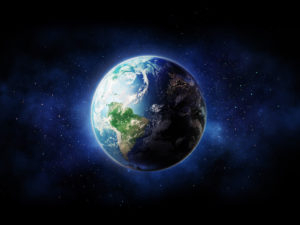 Earth is the third planet from the sun, and it’s the only planet that’s habitable for humans. It has a moderate atmosphere that protects us from the sun’s radiation, and it has just the right amount of water to support life. The surface of Earth is also very diverse, with mountains, deserts, forests, and oceans.
Earth is the third planet from the sun, and it’s the only planet that’s habitable for humans. It has a moderate atmosphere that protects us from the sun’s radiation, and it has just the right amount of water to support life. The surface of Earth is also very diverse, with mountains, deserts, forests, and oceans.
Mars
Mars is the fourth planet from the sun, and it’s one of the most interesting planets in the solar system. It has a thin atmosphere that’s mostly made up of carbon dioxide, and it has a surface that’s covered in craters. Mars is also home to the largest volcano in the solar system, Olympus Mons.
Jupiter
Jupiter is the fifth planet from the sun, and it’s the largest planet in the solar system. It’s made up mostly of gas and dust, and it has a large core of rock and metal. Jupiter also has a very strong magnetic field, which protects it from the sun’s radiation. Interested in buying a Jupiter globe? We don’t blame you. Do it!
Saturn
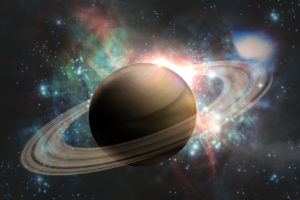 Saturn is the sixth planet from the sun, and it’s the second-largest planet in the solar system. Like Jupiter, it’s made up mostly of gas and dust, and it has a large core of rock and metal. However, Saturn’s atmosphere is much thinner than Jupiter’s, so it doesn’t have the same protective effect. As a result, Saturn is much colder than Jupiter, and its surface is covered in ice.
Saturn is the sixth planet from the sun, and it’s the second-largest planet in the solar system. Like Jupiter, it’s made up mostly of gas and dust, and it has a large core of rock and metal. However, Saturn’s atmosphere is much thinner than Jupiter’s, so it doesn’t have the same protective effect. As a result, Saturn is much colder than Jupiter, and its surface is covered in ice.
Uranus
Uranus is the seventh planet from the sun, and it’s very different from the other planets in the solar system. It’s mostly made up of ice, and it has a very thin atmosphere. Uranus is also the coldest planet in the solar system, with temperatures that can reach -357º Fahrenheit!
Neptune
Neptune is the eighth planet from the sun, and it’s very similar to Uranus. It’s mostly made up of ice, and it has a very thin atmosphere. Neptune is also the coldest planet in the solar system, with temperatures that can reach -355º Fahrenheit!
Pluto
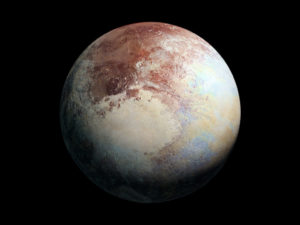 Pluto is the ninth planet from the sun, and it’s the smallest planet in the solar system. Wait for a second, it’s not actually a planet anymore! In 2006, Pluto was reclassified as a “dwarf planet” because it’s only about a fifth the size of Earth. It has a very thin atmosphere, and it’s covered in ice. Pluto is also the coldest of all our solar system’s “planets” with temperatures that can reach -387º Fahrenheit!
Pluto is the ninth planet from the sun, and it’s the smallest planet in the solar system. Wait for a second, it’s not actually a planet anymore! In 2006, Pluto was reclassified as a “dwarf planet” because it’s only about a fifth the size of Earth. It has a very thin atmosphere, and it’s covered in ice. Pluto is also the coldest of all our solar system’s “planets” with temperatures that can reach -387º Fahrenheit!
It’s only about a fifth the size of Earth, and it has a very thin atmosphere that doesn’t do much to protect it from the sun’s heat. As a result, Pluto experiences extreme temperature changes, from incredibly hot during the day to very cold at night. It’s also covered in craters, due to the lack of an atmosphere to burn up meteoroids before they hit the surface.
Planet Nine
There’s a good chance that there’s another planet in the solar system, and it’s called Planet Nine. It hasn’t been directly observed yet, but there’s evidence to suggest that it exists. Planet Nine is thought to be about four times the size of Earth, and it’s believed to be orbiting the sun at a distance of about 20 times the Earth-sun distance. It would take Planet Nine about 20,000 years to complete one orbit around the sun, which means that it’s probably not going to be discovered anytime soon!
Final Thoughts
A solar system is an incredible place, and there’s still so much that we don’t know about it. We’ve only been able to directly observe a small fraction of what’s out there, and there’s a good chance that there are other planets that we haven’t even discovered yet. Who knows what else is out there, waiting to be discovered? We can’t wait to find out! Replogle Globes is the most trusted globe manufacturer on the internet. Explore our extensive collection of astronomy globes and find the best globe!
Do you have any questions about the solar system? Let us know in the comments below!
